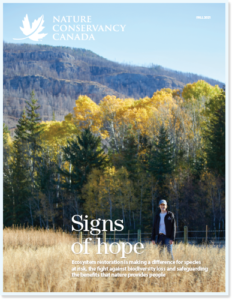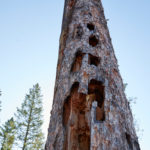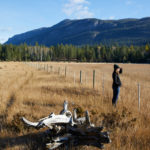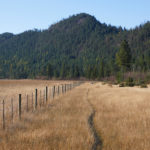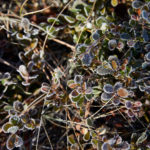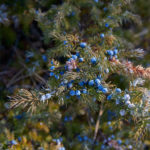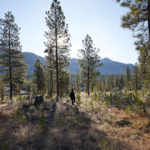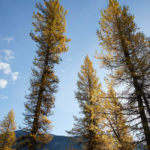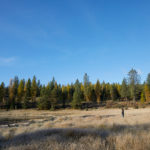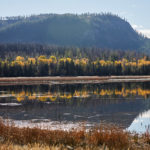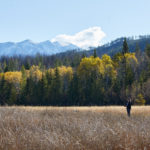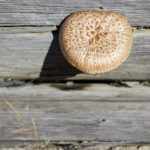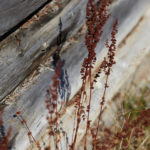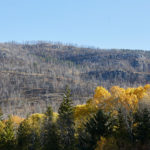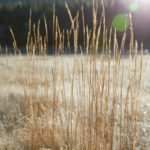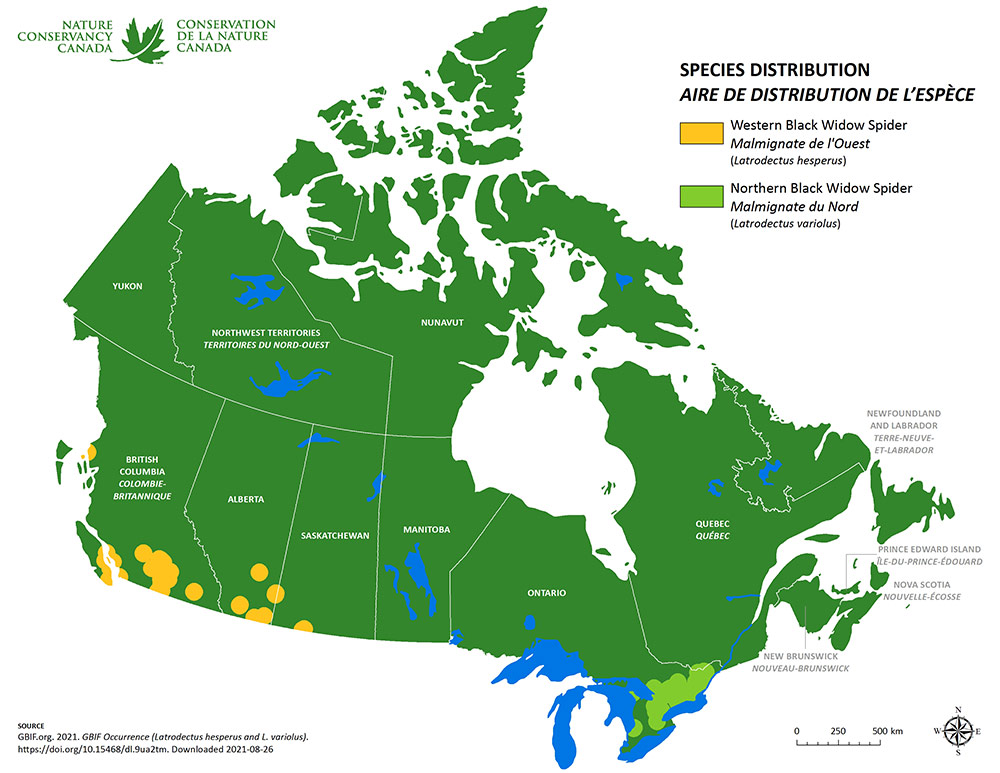Coast to coast
Mutual benefits
Whether you’re exploring one of NCC’s properties, discovering one of our country’s national or provincial parks or strolling through a local park, keep in mind the following principles (page 4):
Plan ahead and prepare
- Know the regulations and special concerns for the area you’re visiting.
- Prepare for extreme weather, hazards and emergencies.
- Schedule your trip to avoid times of high use.
- Visit in small groups. Split larger parties into groups of four to six.
- Repackage food to minimize waste.
- Use a map and compass to eliminate the use of marking paint, rock cairns or flagging.
Travel and camp on durable surfaces
- Durable surfaces include established trails and campsites, rock, gravel, dry grasses or snow.
- Protect riverbank areas by camping at least 70 metres from lakes and streams.
- Good campsites are found, not made. Altering a site is not necessary.
- In popular areas:
- Concentrate use on existing trails and campsites.
- Walk single file in the middle of the trail, even when wet or muddy.
- Keep campsites small. Focus activity in areas where vegetation is absent.
- In pristine areas:
- Minimize the area used to prevent the creation of campsites and trails.
- Avoid using places that are becoming disturbed.
Dispose of waste properly
- Pack it in, pack it out. Inspect your campsite and rest areas for trash or spilled foods. Pack out all trash, leftover food and litter.
- Deposit solid human waste in holes dug 15 to 20 centimetres deep and at least 70 metres from water, camp and trails. Fill and cover the hole when finished.
- Pack out toilet paper and hygiene products.
- To wash yourself or your dishes, carry water 70 metres away from streams or lakes and use small amounts of biodegradable soap. Scatter strained dishwater.
- Use a map and compass to eliminate the use of marking paint, rock cairns or flagging.
Leave what you find
- Preserve the past: examine, but do not touch, cultural or historic structures and artifacts.
- Leave rocks, plants and other natural objects as you found them.
- Avoid introducing or transporting non-native species by cleaning your boots and gear after each hike.
- Do not build structures, furniture or trenches.
Minimize campfire impacts
- Campfires can cause lasting impacts to the backcountry. Use a lightweight stove for cooking and enjoy a candle lantern for light.
- Where fires are permitted, use established fire rings, fire pans or mound fires.
- Keep fires small. Only use sticks from the ground that can be broken by hand.
- Burn all wood and coals to ash, put out campfires completely, then scatter cool ashes.
Respect wildlife
- Observe wildlife from a distance. Do not follow or approach them.
- Never feed animals. Feeding wildlife damages their health, alters natural behaviours and exposes them to predators and other dangers.
- Protect wildlife and your food by storing rations and trash securely.
- Control pets at all times, or leave them at home.
Be considerate of others
- Respect other visitors and protect the quality of their experience.
- Be courteous. Yield to other users on the trail.
- Take breaks and camp away from trails and other visitors.
- Let nature’s sounds prevail. Avoid loud voices and noises.
